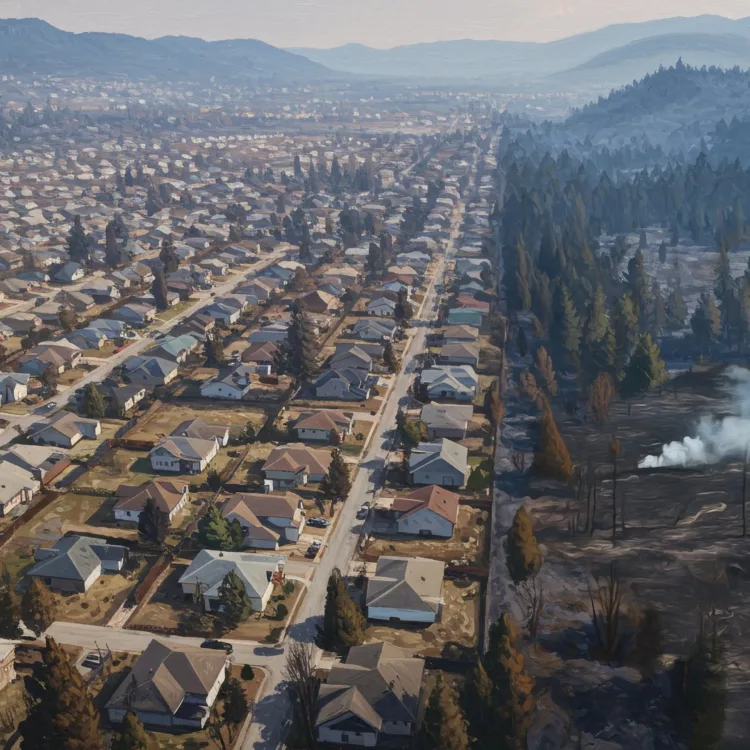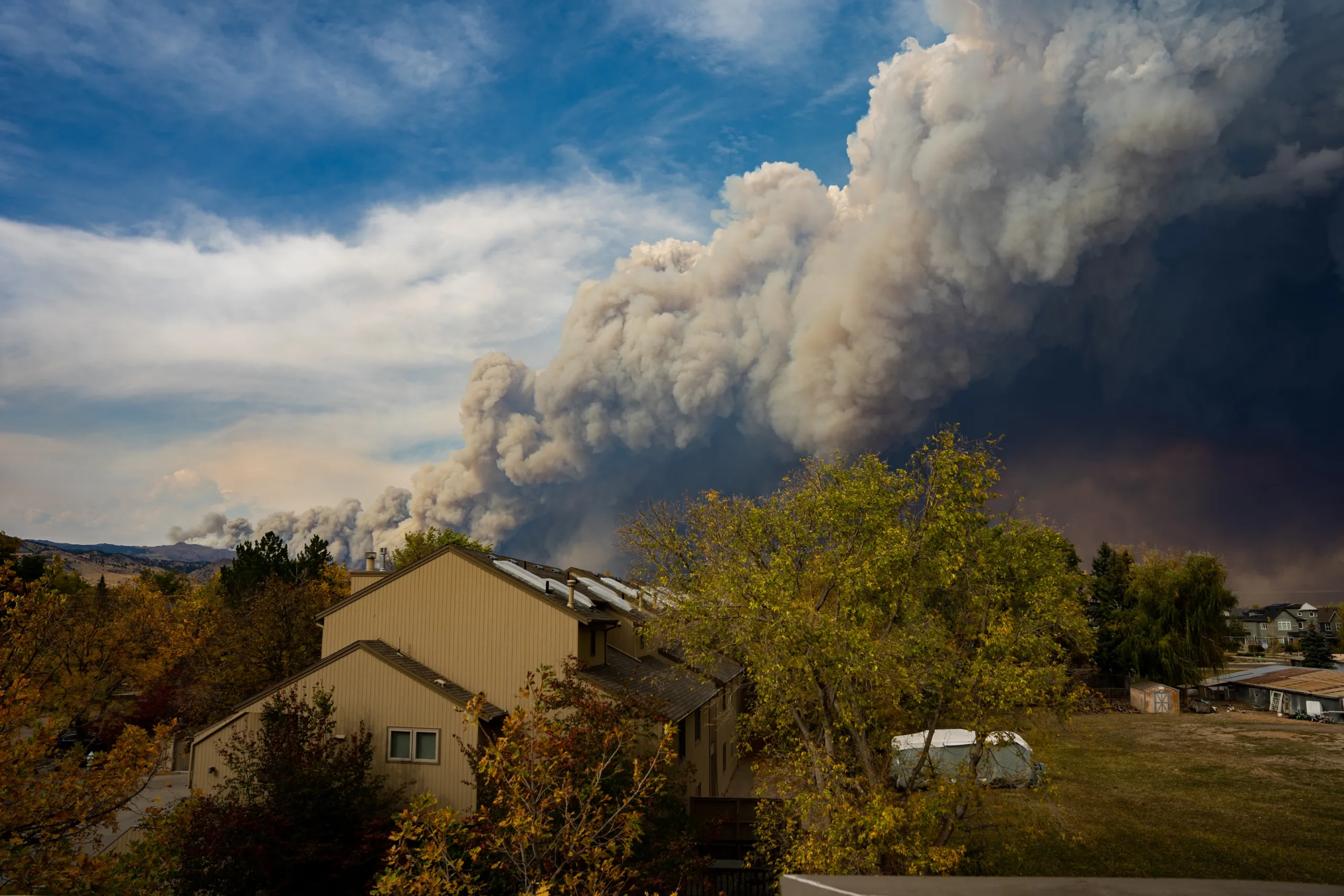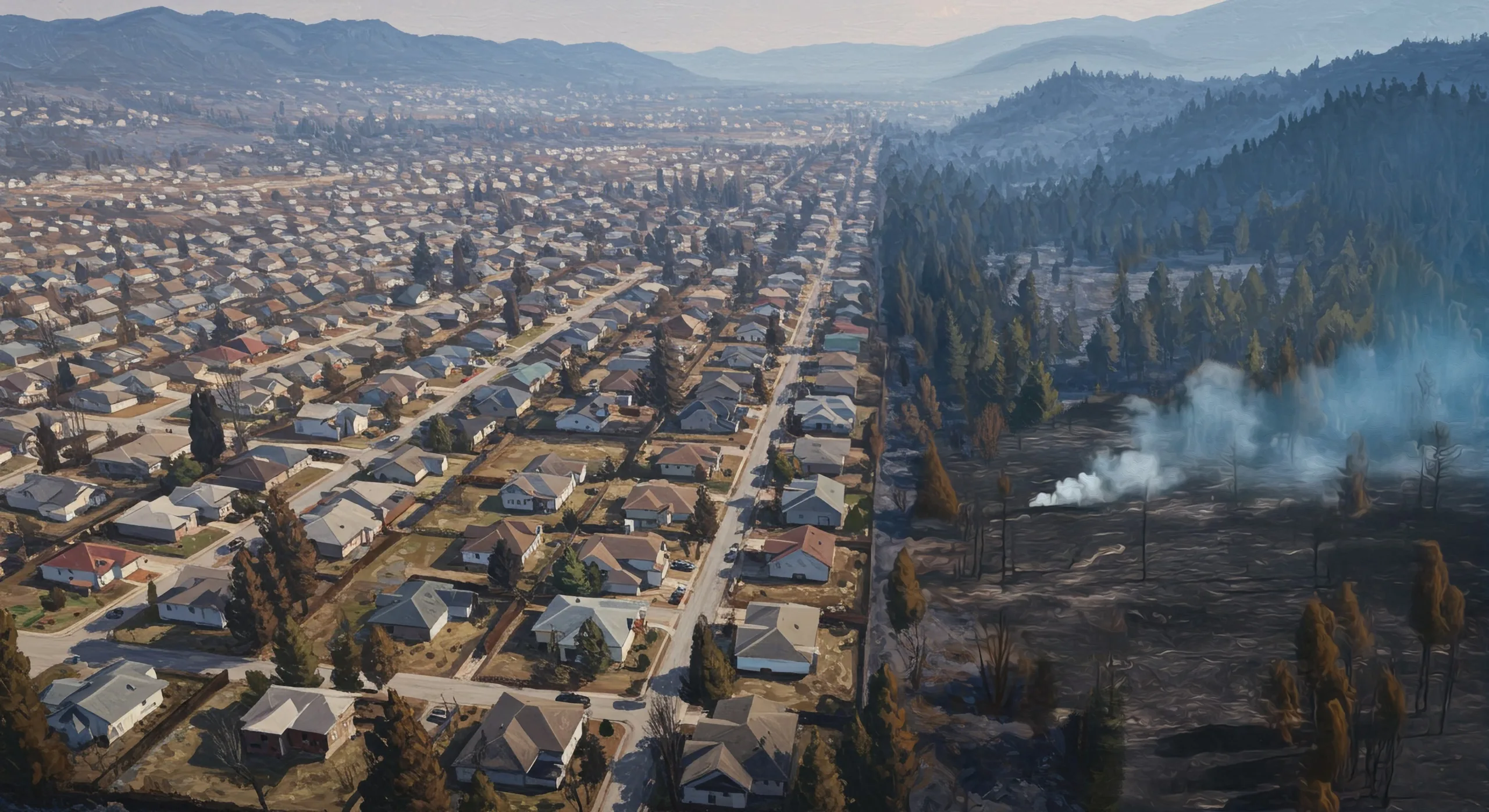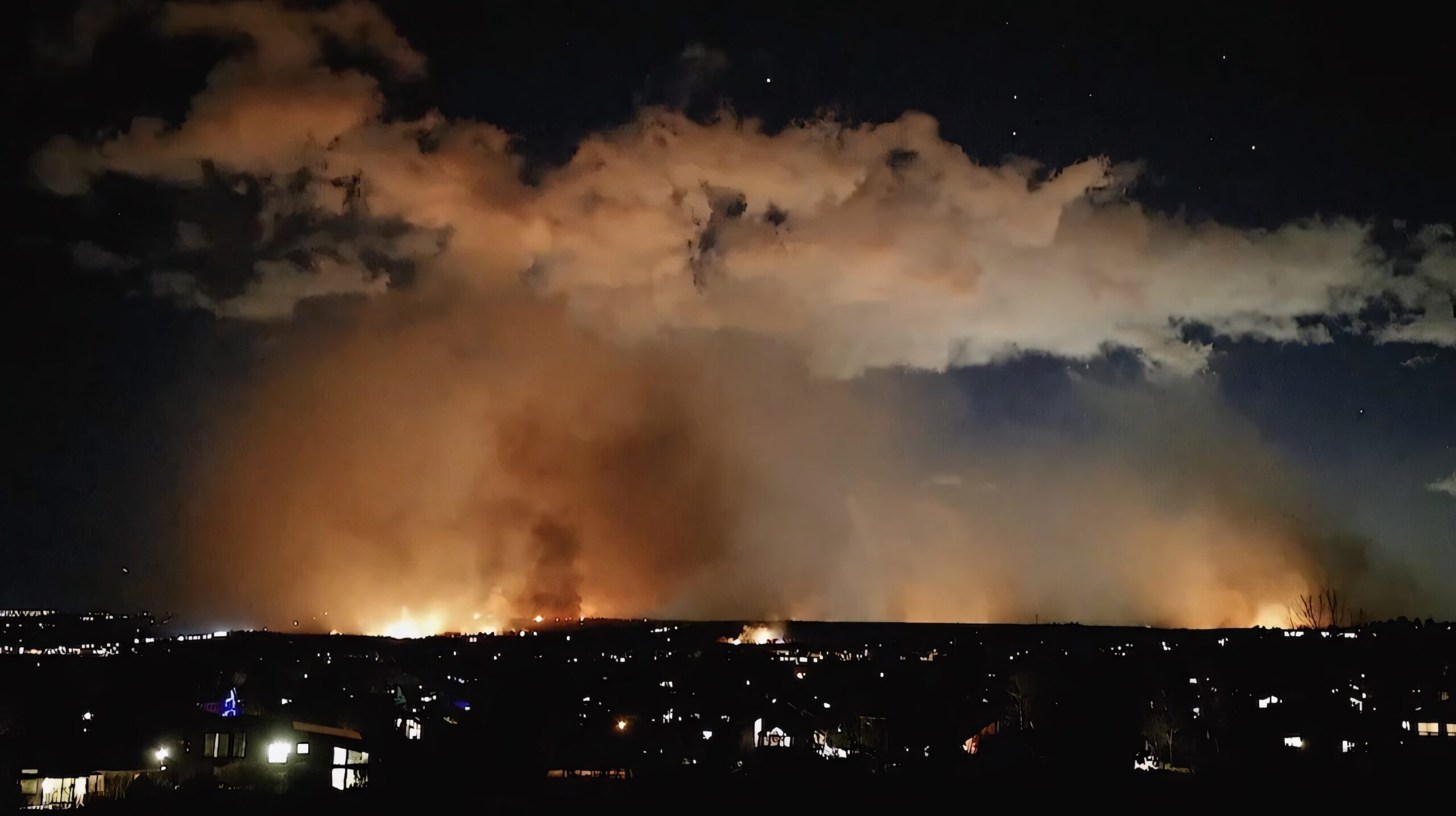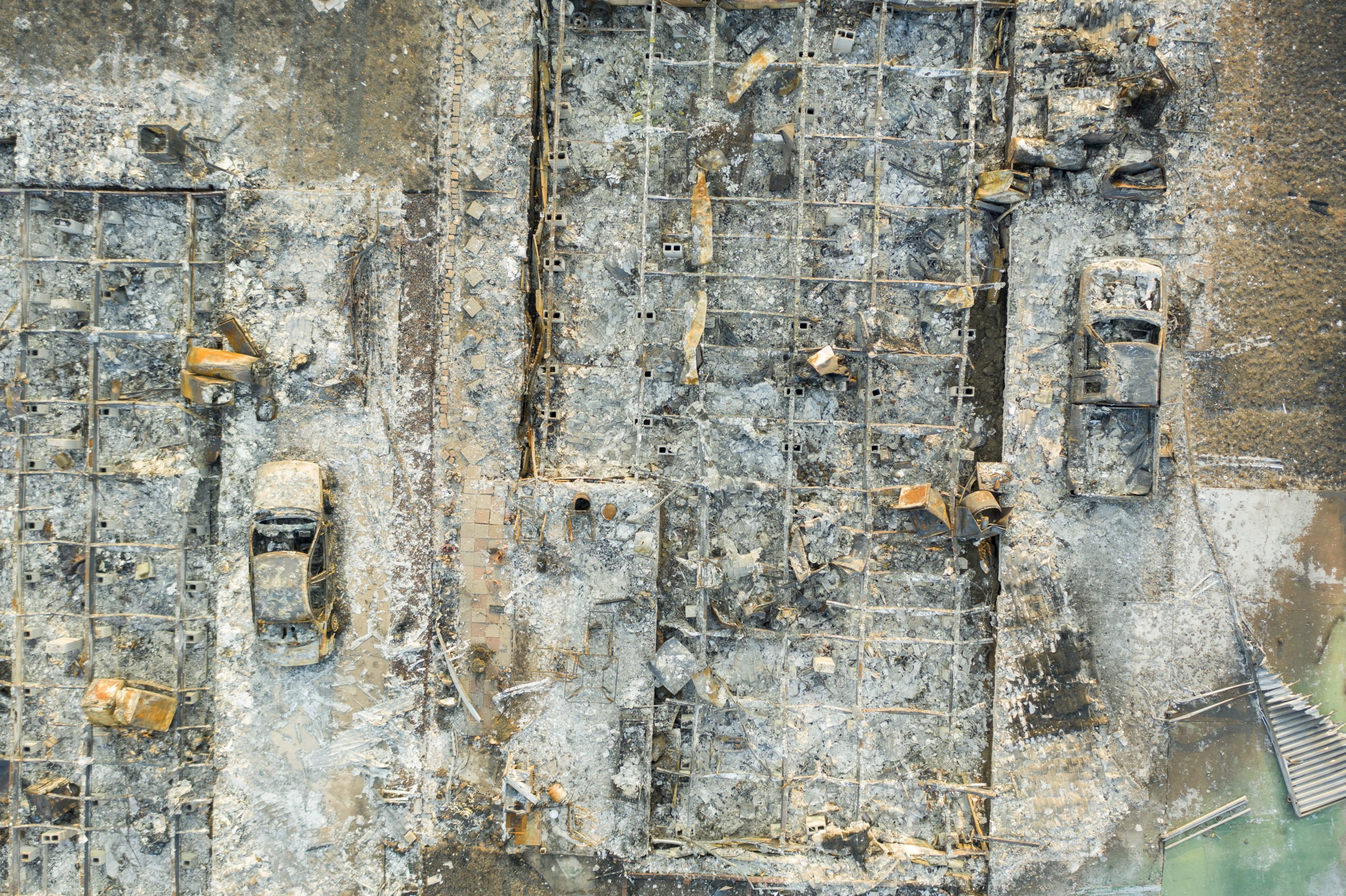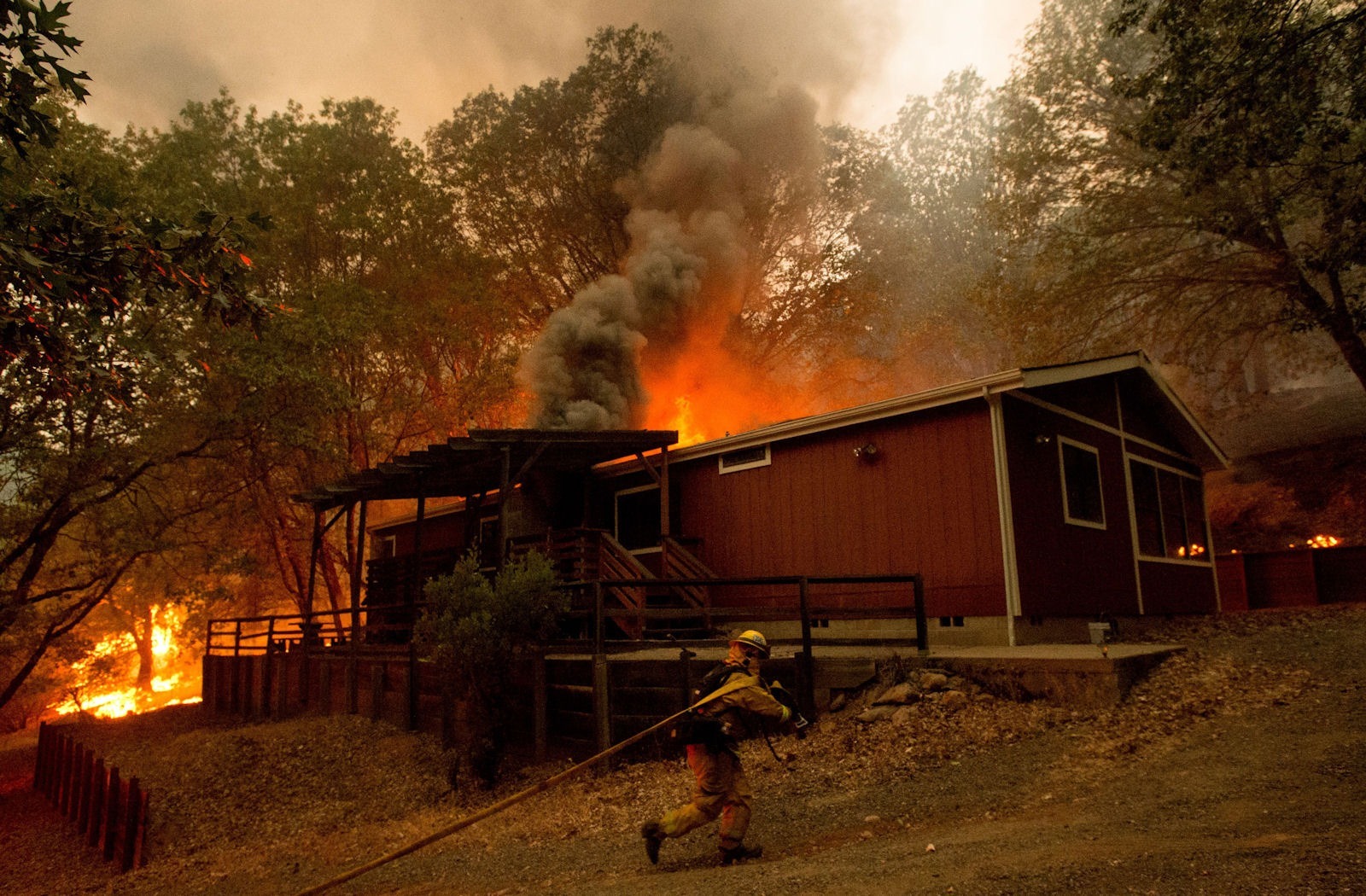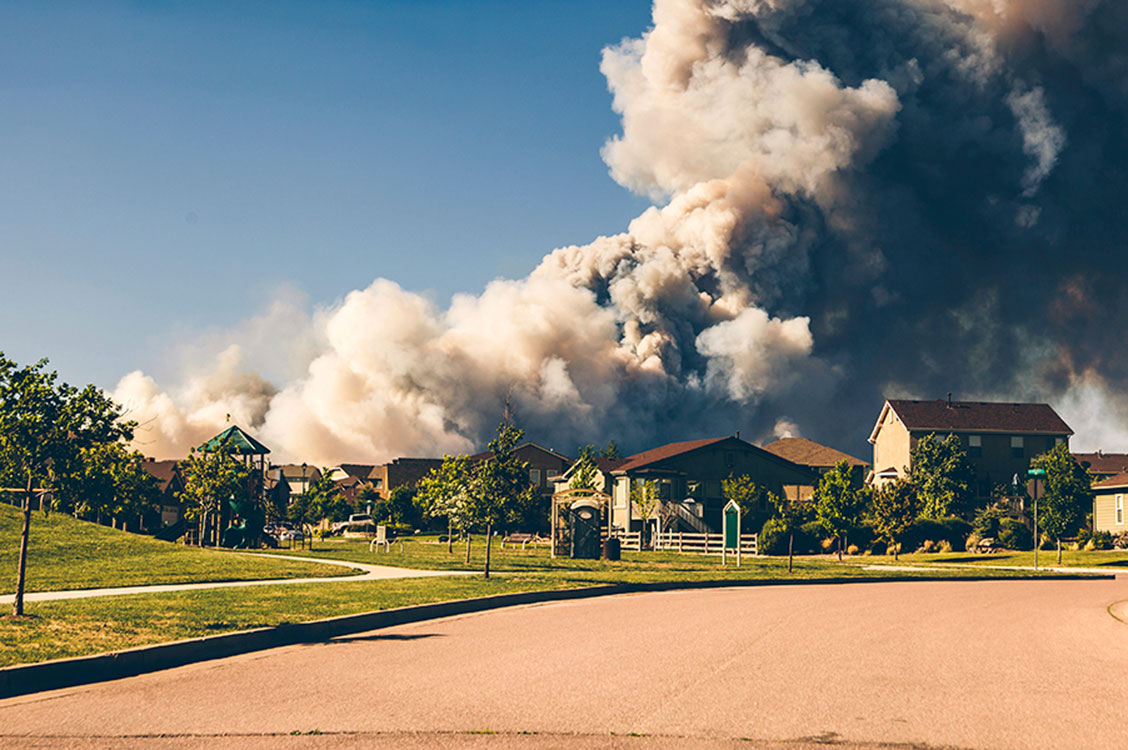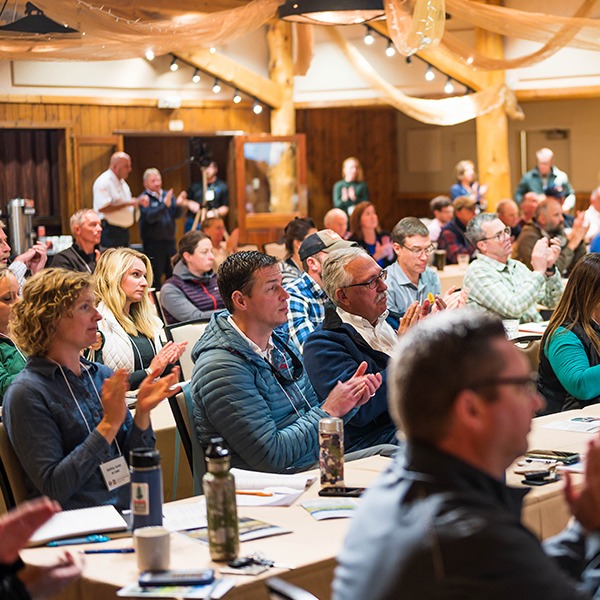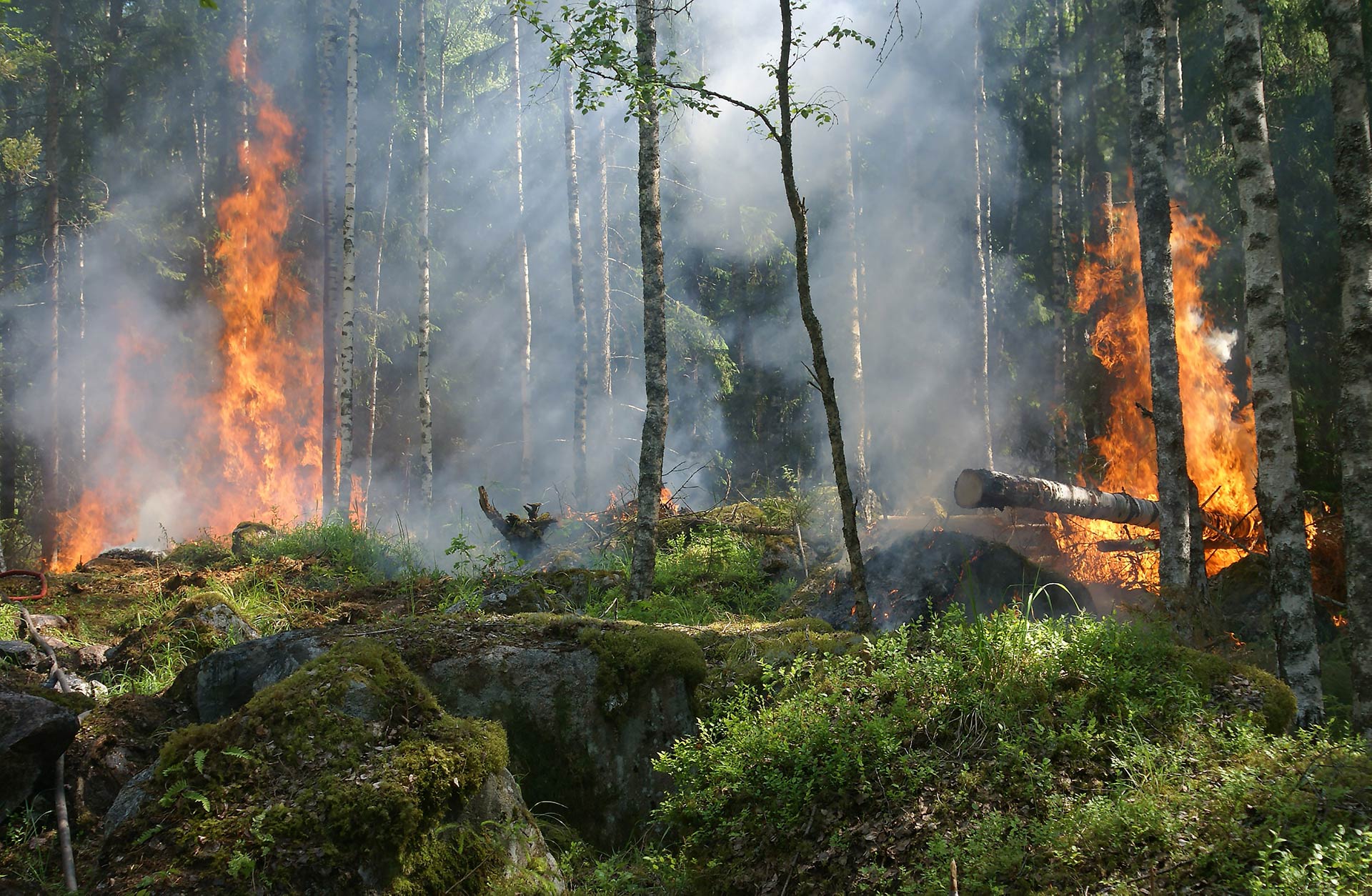
Wildfire
Wildfires are burning with increasing frequency and intensity, threatening thousands of communities with disaster and rising costs. Our research and community assistance help identify where people may be vulnerable and how strategies such as land use planning and building for wildfire resistance can help reduce risk.
Featured research
Building wildfire-resistant homes after disasters will save billions
Upfront investments in rebuilding to wildfire-resistant standards can save billions in future avoided economic losses.
America’s urban wildfire crisis: More than 1,100 communities at risk
More than 1,100 communities in 32 states face similar risks to Los Angeles and other places with recent urban wildfires, highlighting the urgent need for wildfire-resistant homes and neighborhoods.
The path to wildfire-resistant building codes in Colorado offers lessons for other states
Colorado’s code design considered stakeholder input, including interviews and a survey conducted by Headwaters Economics and the University of Colorado Denver.
Featured tool:

Austin, TX: Built for wildfire
In 2020, Austin, Texas became a national leader when it comes to reducing the wildfire risk to homes and buildings in the Wildland Urban Interface (WUI). Watch and let leaders from Austin describe how they came to realize the magnitude of the wildfire threat, and how they brought together diverse interests to pass one of the most forward-looking WUI codes in the U.S.
Recent Wildfire Posts
-
The path to wildfire-resistant building codes in Colorado offers lessons for other states
Colorado’s code design considered stakeholder input, including interviews and a survey conducted by Headwaters Economics and the University of Colorado Denver. Read more
-
Building wildfire-resistant homes after disasters will save billions
Upfront investments in rebuilding to wildfire-resistant standards can save billions in future avoided economic losses. Read more
-
America’s urban wildfire crisis: More than 1,100 communities at risk
More than 1,100 communities in 32 states face similar risks to Los Angeles and other places with recent urban wildfires, highlighting the urgent need for wildfire-resistant homes and neighborhoods. Read more
-
Congressional wildfire commission lays out a new approach for wildfire policy
A new report from the Wildland Fire Mitigation and Management Commission recommends transformative approaches needed to overcome the wildfire crisis. Read more
-
Wildfire safety standards for Montana
Statewide wildfire safety standards are proven and cost effective. Montana can adopt standards to help make communities safer from increasing wildfire risks. Read more
-
The unequal impacts of wildfire
See where wildfire risk intersects social and economic factors that can make it difficult for people to prepare for, respond to, and recover from wildfire. Read more
-
Wildfire Risk Report for every U.S. community
A new report in our Economic Profile System provides community-level data about wildfire hazard and potentially vulnerable populations. Read more
-
Preparing for wildfires during a pandemic
Managing wildfires during a pandemic will test the capacity of our first responders, but individual homeowners can take steps now to reduce wildfire risks. Read more
